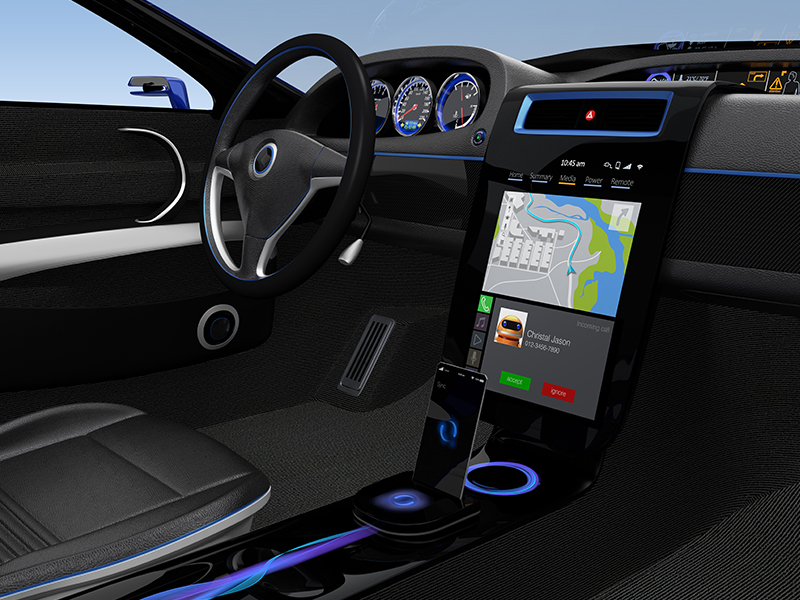Coyne PR 13 Jan 2016 // 1:50PM GMT

The connected car is on the rise and there is no turning back. Forty-five percent of cars are expected to have connectivity by 2017 and 90 percent by 2020. Long gone are the days when cars served as a cool, personality statement with a functional purpose of getting you from point A to point B. Today’s vehicles now have to transport you AND keep you connected in a safe manner.
The term ‘connected’ may certainly have differing definitions to many consumers, including myself. Some may think strictly in terms of relating to internet service or apps that bring the comforts of connectivity from home or work to the car. Some of the obvious technologies can assist drivers and passengers by keeping in touch through hands-free phone calls or texts while in-car navigation can ensure that drivers reach a destination on time. These connected tools vary in most new cars, as do their levels of sophistication. The bottom line is people are becoming more connected through their cars.
There will be an estimated 250 million total connected cars on the road globally in 2020, but only 150 million will actually use their connectivity. It’s clear that education about what connectivity means and its value to consumers will be required by automakers and those that provide connected products and services.
As we all know, the goal for manufacturers is to sell cars. During this revolutionary time in the industry, it’s important for car companies to connect with consumers in order to maintain brand distinction and trust to keep sales strong after a record year in 2015. The following strategies may be helpful when communicating the ‘connected’ realities to car buying consumers.
- Clarify and Educate: From my own general, informal survey ‘connected car’ means very different things to every single person I spoke with. To clarify, these individuals are not considered automotive influencers by any means, but are definitely future car purchasers. As products and technologies evolve, car companies should take the opportunity to clarify terms to help develop an understanding of ‘connected’ - literally define terms according to your brand’s point of view. As new technologies enter the marketplace, they must be certain to educate everyone who is customer-facing so they are aligned on speaking the same ‘connected’ language. The more you can clearly define your message and educate the mass consumer, the easier it is to drive purchases.
- Focus on Options that Matter: What matters to car buyers? I would estimate that for many, both cost and safety top the list. As part of the consumer education, it needs to be made clear that being connected can definitely save money and improve safety for drivers. Distracted driving is a leading killer of young drivers. Convey how connected features like navigation that adapts to traffic conditions can save gas and reduce congestion and monitoring devices that can provide insight to driving behaviors can improve a vehicle’s safety and performance. This can be used to help create a dialogue to improve driver safety especially for young drivers. This is just one of the ways to help consumers understand the many values of connectivity.
- Know Their Concerns: How many of us have had our information stolen through cyber-attacks? Having gone through this myself, I would definitely be cautious of any connectivity that serves as a threat to my personal data security. This, among other concerns of future purchasers, need to be addressed head-on before rumors and other myths grow and form their own reality. Be bold, clear and confident when communicating some of the hot button concerns that future buyers might have about data security. Consider real world testimonials to drive trust and convince drivers that a car company has you covered. And, don’t be afraid to consider a guarantee that eases the minds of purchasers.
As the connected car continues to drive forward, it will be critically important to connect consumers with a well-defined meaning of the term connected. Doing so will certainly have an impact on the bottom line.
 By Joe Gargiulo, Senior Vice President, Automotive Practice, Coyne PR
By Joe Gargiulo, Senior Vice President, Automotive Practice, Coyne PR


































.jpg)












